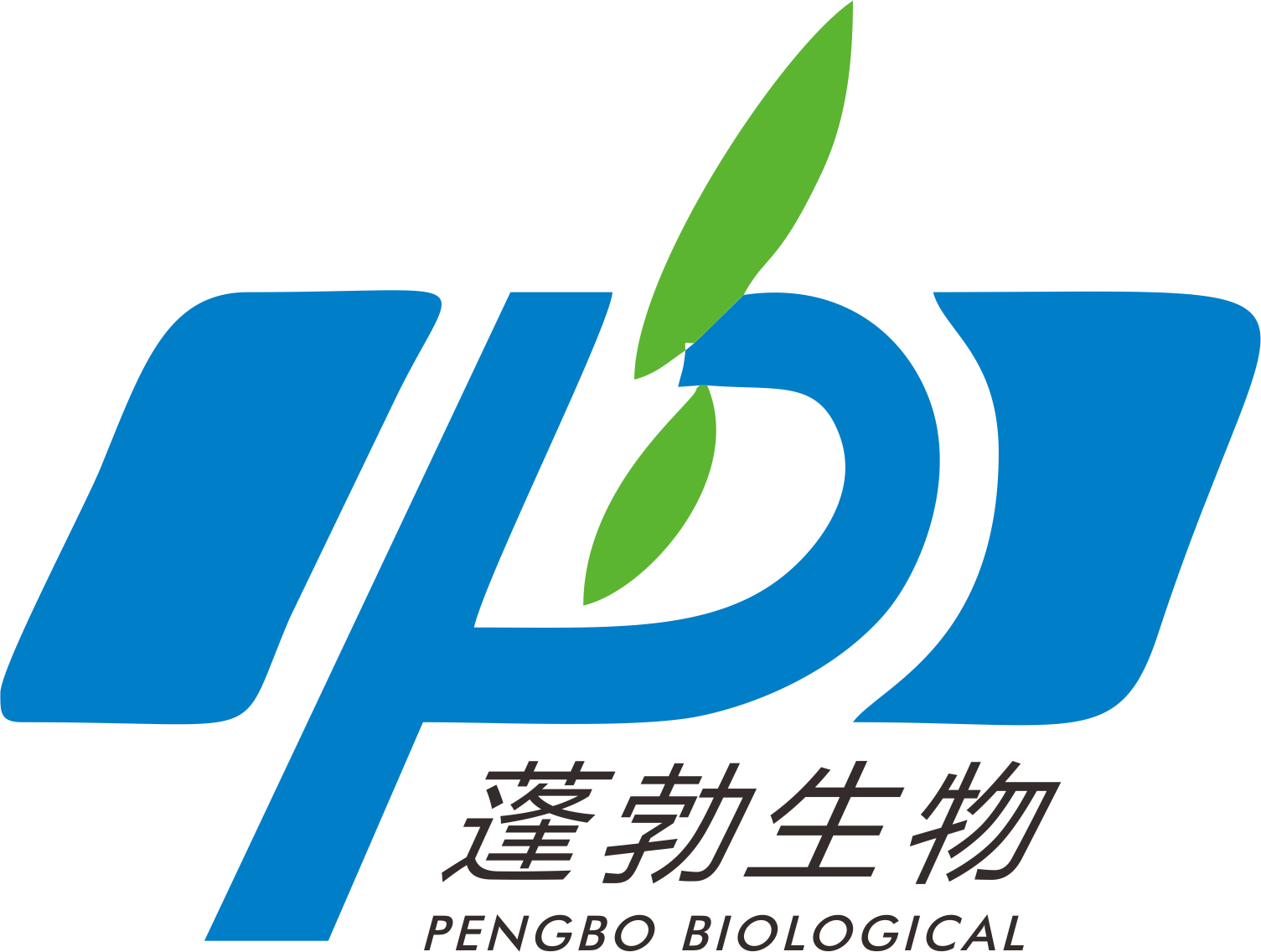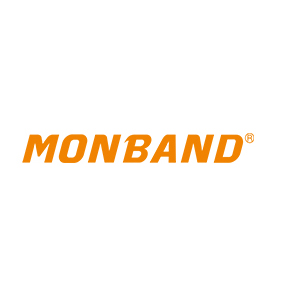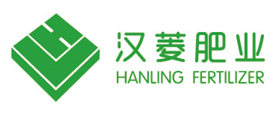FBN survey shows American farmers are not pulling back on fertilizer usage despite high costs
Author: Release Time:2022.11.01 Number Of Visitors:896

Farmers Business Network (FBN®), the global AgTech platform and farmer-to-farmer network, released its first Fertilizer Price Transparency Report, an in-depth examination of how rapidly increasing fertilizer prices will impact farmers’ application rates this fall and planting decisions next year. The report is based on FBN member input on fall fertilizer price quotes, their 2022 application rates, and a preview of their 2023 crop plans. FBN’s analysis exposed widespread fertilizer price variation across regions–especially with nitrogen fertilizer–which could suggest a lack of price transparency with possible implications for 2023 crop plans. The FBN analysis of 2022 fertilizer prices and the impact of extreme price increases on farmers’ fall application rates and 2023 cropping decisions is the most comprehensive research to date on the topic.
″With natural gas prices still high and major market disruptions due to the Russia-Ukraine war, we don’t expect fertilizer prices to normalize in time for farmers’ 2023 crop planning,″ said FBN Chief Economist Kevin McNew. ″The widespread regional variation in fertilizer prices–about twice as much with nitrogen fertilizers as potash fertilizers–could be symptomatic of the same lack of transparency FBN has previously exposed in other input markets such as seed. A lack of price transparency can impact ROI significantly, tighten operational budgets, and make crop planning for next year even tougher for farmers in an already challenging environment.″
FBN also introduced its new Nitrogen Planning Tool in the FBN app, offering U.S corn farmers a personalized nitrogen recommendation that considers fertilizer price, expected yield, and expected crop sale price. This tool leverages data from 12 universities across the corn belt that have been running nitrogen tests across their states for more than 20 years to calculate the Maximum Return to Nitrogen (MRTN). The tool is free to FBN members; FBN membership is also free.
Key Findings in the FBN Fertilizer Report:
FBN found the high price of fertilizer will likely cause farmers to adjust application rates and cropping choices post-harvest and into the next growing season with considerable fertilizer price variance across the U.S., especially with nitrogen-based products.
The report examined year-over-year price increases nationally and at the state level for Anhydrous, Potash, MAP, UAN, DAP fertilizers.
Over the past two years, Urea prices have increased nearly 200% and DAP prices 112%.
Even within a small, localized area, nitrogen-based fertilizer values show about twice as much variation as potash fertilizers, which could be symptomatic of lack of transparency. Fertilizer prices, unlike grain prices, are not publicly quoted by ag retailers and fertilizer suppliers.
FBN examined application rates of nitrogen fertilizer for corn, wheat, and cotton and found considerable variation in nitrogen application rates across the country.
Seventeen percent of FBN farmer members surveyed said they would lower their application rates this fall, suggesting that fertilizer cost increases (along with drought in the Plains) may be constraining some farmer application rates.
Because southern growing regions tend to apply more nitrogen fertilizer, these growers are disproportionately affected by high fertilizer prices.
FBN surveyed members on 2023 acreage intentions for corn, soybeans, wheat, cotton and sorghum, compared to 2022 plantings.
Wheat emerged as the big gainer for 2023 acres as 43% of farmers said they would be increasing plantings in the coming season.
Only 12% of responding farmers indicated planting would decrease.
Double cropping wheat with soybeans will also likely turn higher as the Delta and Southeast states likely increase wheat plantings this fall and follow next spring’s wheat harvest with a soybean crop to help add back nitrogen.
Farmers are more undecided with corn and soybean acres as a whole. More farmers were generally going to increase corn acres in 2023 (24%) versus increasing soybean acres in 2023 (22%).
Regional differences were fairly pronounced as planting rates of nitrogen-intensive crops in the South and East will likely be lowered in 2023.
Source: Farmers Business Network, Inc.








